Market Trends
Key Emerging Trends in the Automotive Cooler Market
In the rapidly evolving landscape of the Automotive Cooler market, companies deploy diverse market share positioning strategies to establish a competitive stronghold and meet the dynamic demands of the industry. A prevalent approach involves differentiation, where companies strive to distinguish their automotive coolers through unique features and advanced technologies. These features may include improved cooling efficiency, energy efficiency, or innovative design elements that set their products apart from competitors. By focusing on these differentiators, companies aim to attract customers seeking specific functionalities, ultimately gaining a competitive edge.
Cost leadership is another pivotal strategy employed in the Automotive Cooler market, where companies endeavor to produce coolers at a lower cost than competitors without compromising on quality. This cost-effective production allows companies to offer competitive pricing, a crucial factor for price-sensitive consumers. Tactics such as optimizing manufacturing processes, sourcing materials efficiently, and achieving economies of scale contribute to lowering production costs. This cost leadership strategy enables companies to appeal to a broader customer base, capturing market share through affordability.
Market segmentation is a key strategy, involving the targeting of specific customer segments with tailor-made products. Companies identify the unique needs and preferences of different consumer groups, such as those in the commercial vehicle segment or the high-performance vehicle segment. By developing automotive coolers that align with the specific requirements of these segments, companies enhance customer satisfaction and loyalty within niche markets. Additionally, regional market segmentation is often employed, taking into account the diverse climate conditions and consumer preferences in different geographical areas.
Strategic partnerships and collaborations also play a significant role in market share positioning within the Automotive Cooler sector. Companies often form alliances with original equipment manufacturers (OEMs) or other key players in the automotive industry. These partnerships provide opportunities for shared resources, expertise, and expanded distribution channels. Collaborations with vehicle manufacturers allow companies to integrate their coolers seamlessly into new models, giving them a competitive advantage and expanding their market reach.
Continuous innovation is imperative for sustained market share and growth in the Automotive Cooler market. Companies invest in research and development to stay ahead of technological advancements and regulatory requirements. Innovations may focus on developing coolers with improved energy efficiency, smart cooling technologies, or environmentally friendly materials. By staying at the forefront of innovation, companies not only meet the evolving needs of consumers but also position themselves as industry leaders, attracting customers seeking cutting-edge solutions.
Moreover, effective customer relationship management (CRM) is a vital aspect of market share positioning in the Automotive Cooler sector. Building strong relationships with automotive manufacturers, dealers, and end consumers through excellent service, after-sales support, and clear communication fosters customer loyalty. Satisfied customers are more likely to choose a specific brand for their cooling needs, leading to repeat business and positive word-of-mouth referrals. Companies that prioritize customer satisfaction not only retain their market share but also have the potential to expand it through customer advocacy.
In conclusion, the Automotive Cooler market is dynamic and competitive, prompting companies to adopt a range of strategies for effective market share positioning. Differentiation, cost leadership, market segmentation, strategic partnerships, innovation, and customer relationship management are critical components of successful positioning in this industry. By carefully implementing these strategies, companies can navigate the complexities of the Automotive Cooler market, establish a robust market presence, and thrive in an environment driven by technological advancements and consumer preferences.

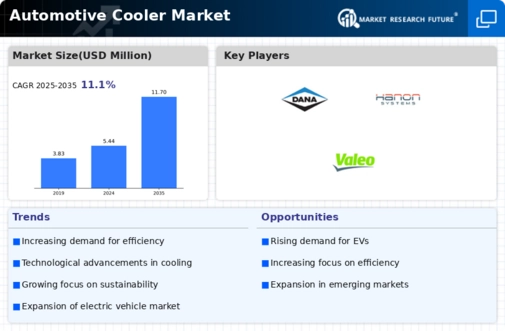
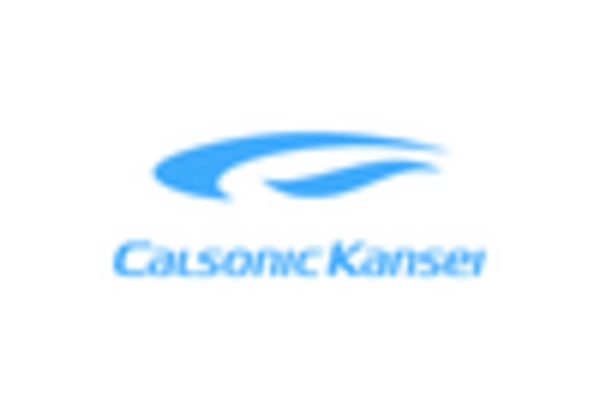
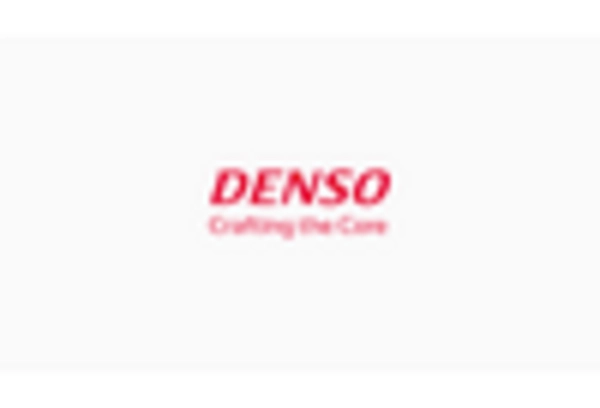
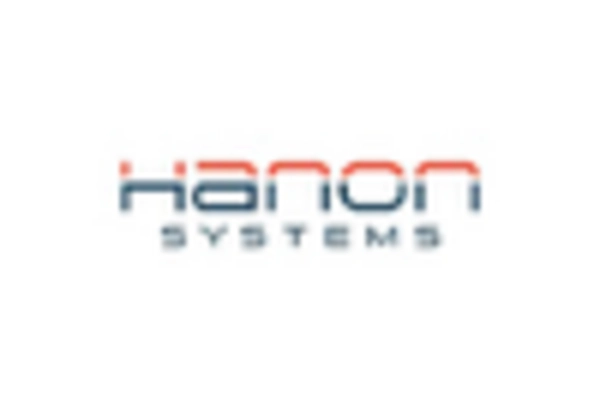
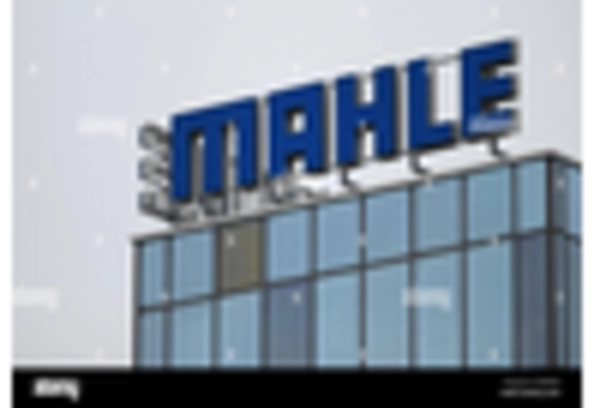
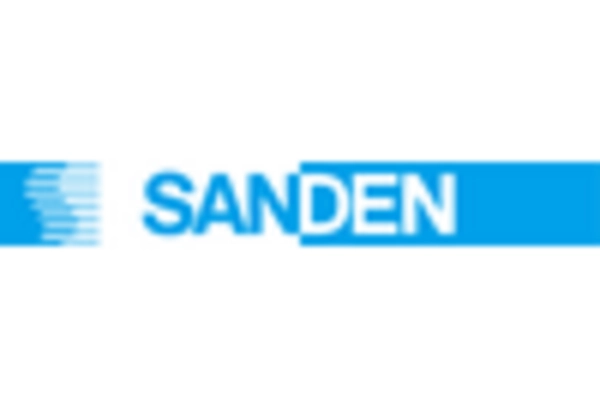
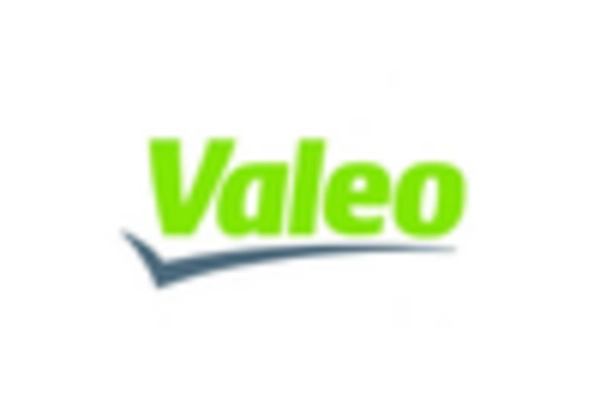









Leave a Comment